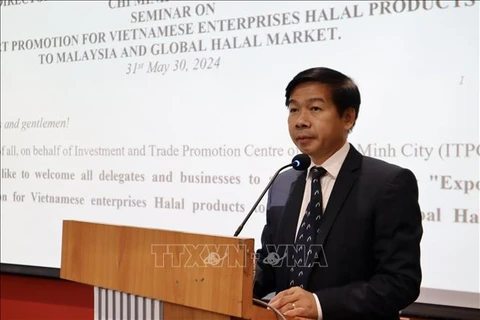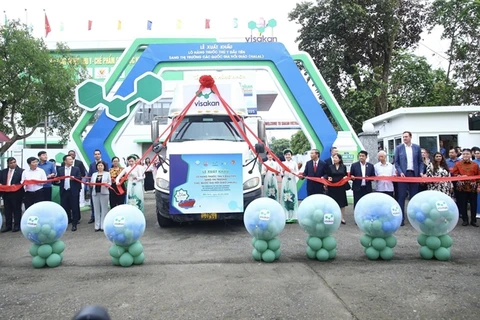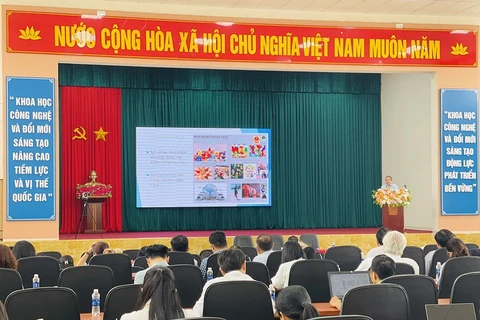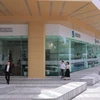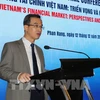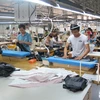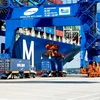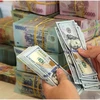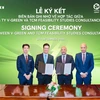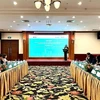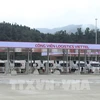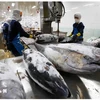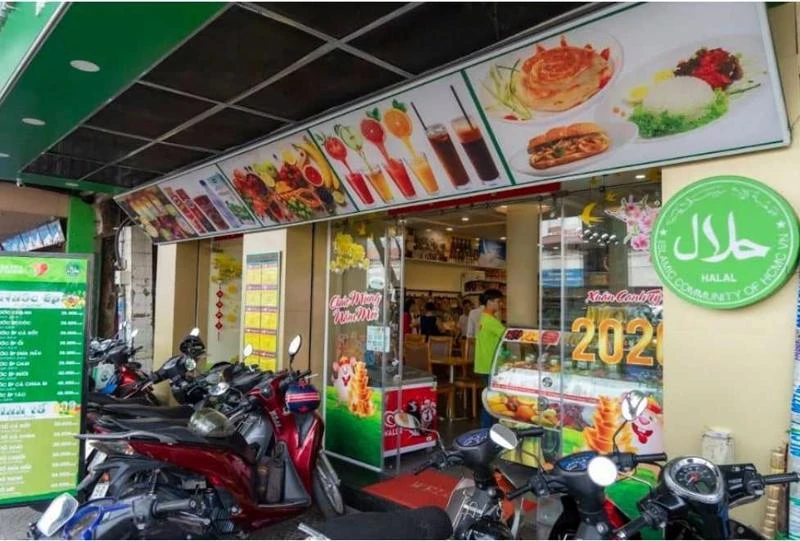
Hanoi (VNA) – Experts see a golden opportunity for Vietnam to tap into the booming Halal market, fueled by a surging global Muslim population.
A report by the Pew Research Centre predicted the Muslim population to reach 2.2 billion by 2030, translating to a significant rise in demand for Halal products. This demand extends beyond traditional Muslim-majority nations. Countries like Indonesia, Pakistan, Bangladesh, and Malaysia are key markets, while even Europe and North America are witnessing an expansion of the Halal sector, creating a wealth of possibilities for exporters.
Nguyen Tuan from the Ho Chi Minh City Trade and Investment Promotion Centre said the global Halal economy is poised to reach about 10 trillion USD by 2027. The market for Halal products is distributed widely worldwide, from Muslim to non-Muslim countries.
Despite this potential, Vietnam's foray into the Halal market remains in its early stages. While roughly 50 Vietnamese companies, primarily dealing in seafood, beverages, canned food, confectionery, vegetarian products, and pharmaceuticals, acquire Halal certification annually, there is room for significant growth.
Recognising this opportunity, the Ministry of Industry and Trade is committed to fostering a supportive legal framework for international cooperation in developing Vietnam's Halal industry. This includes negotiating and signing trade agreements, and facilitating partnerships with organisations and distributors in Indonesia, Malaysia, and the United Arab Emirates (UAE).
The ministry is also urging relevant entities to enhance the distribution of Halal-certified Vietnamese products to meet the needs of exporters, while simultaneously encouraging increased production and export capabilities.
The Vietnamese companies are advised to proactively pursue Halal certification for suitable markets, develop products that adhere to specific Halal standards, and invest in strong brand promotion to capture a share of this lucrative market./.
